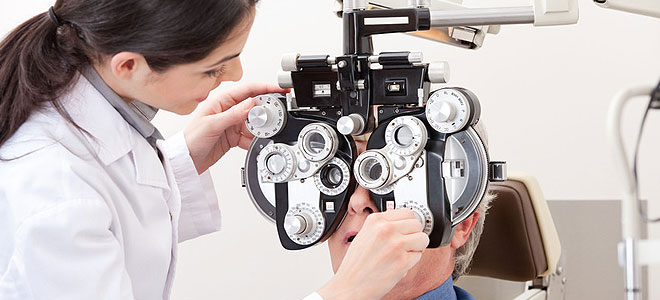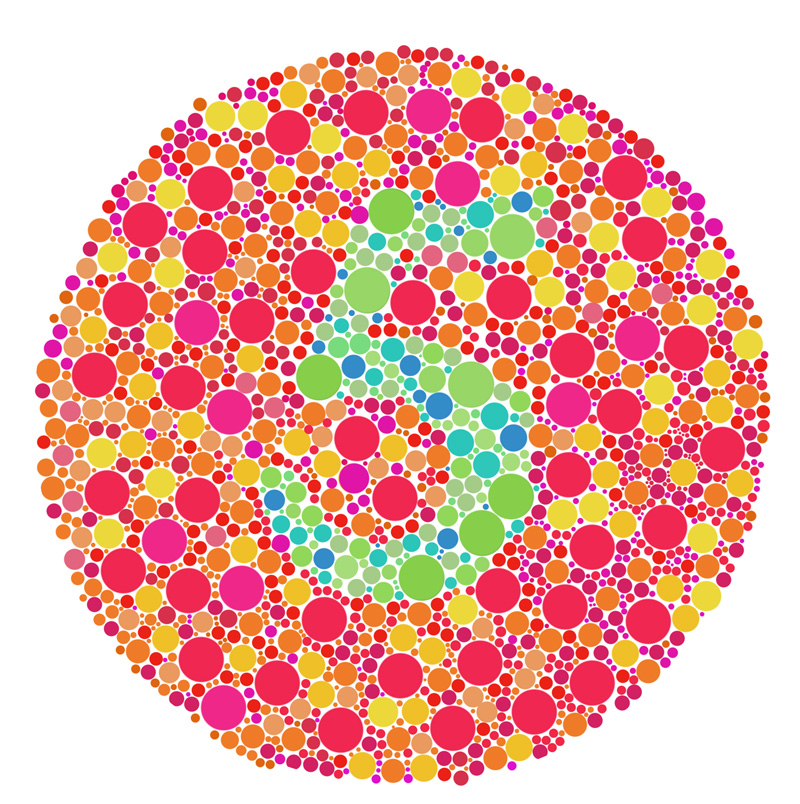6. Color blindness
Color blindness or colour vision deficiency (CVD) affects men more as compared to women. For most of those afflicted with color blindness, this condition is genetic.
For others, it may be due to diabetes, multiple sclerosis or they may even contract it over time because of aging or certain medication.
Color blind people can see just as clearly as anyone, however their perception of the colors red, blue and green is compromised. Most color blind people cannot differentiate between these colors primarily.
The effects of color vision deficiency may be mild, moderate or acute. In fact about 40% of colour blind students aren’t even aware that they suffer from it.
Traffic signals become an issue and in some extreme cases the entire colour spectrum may be perceived alternatively. For those with acquired colour deficiency, if the cause is established, once treated the vision can return to normal.
Some people find coloured glasses or lenses helpful while others do not. Genetic colour blindness though has no cure to date.
Since there are different types of colour blindness, the comprehensive Ishihara color perception test judges the type of color blindness prevalent in someone who is color blind.
The test consists of a number of plates where the Ishihara colour plates consist of circles populated with a number of random dots of size and color.

